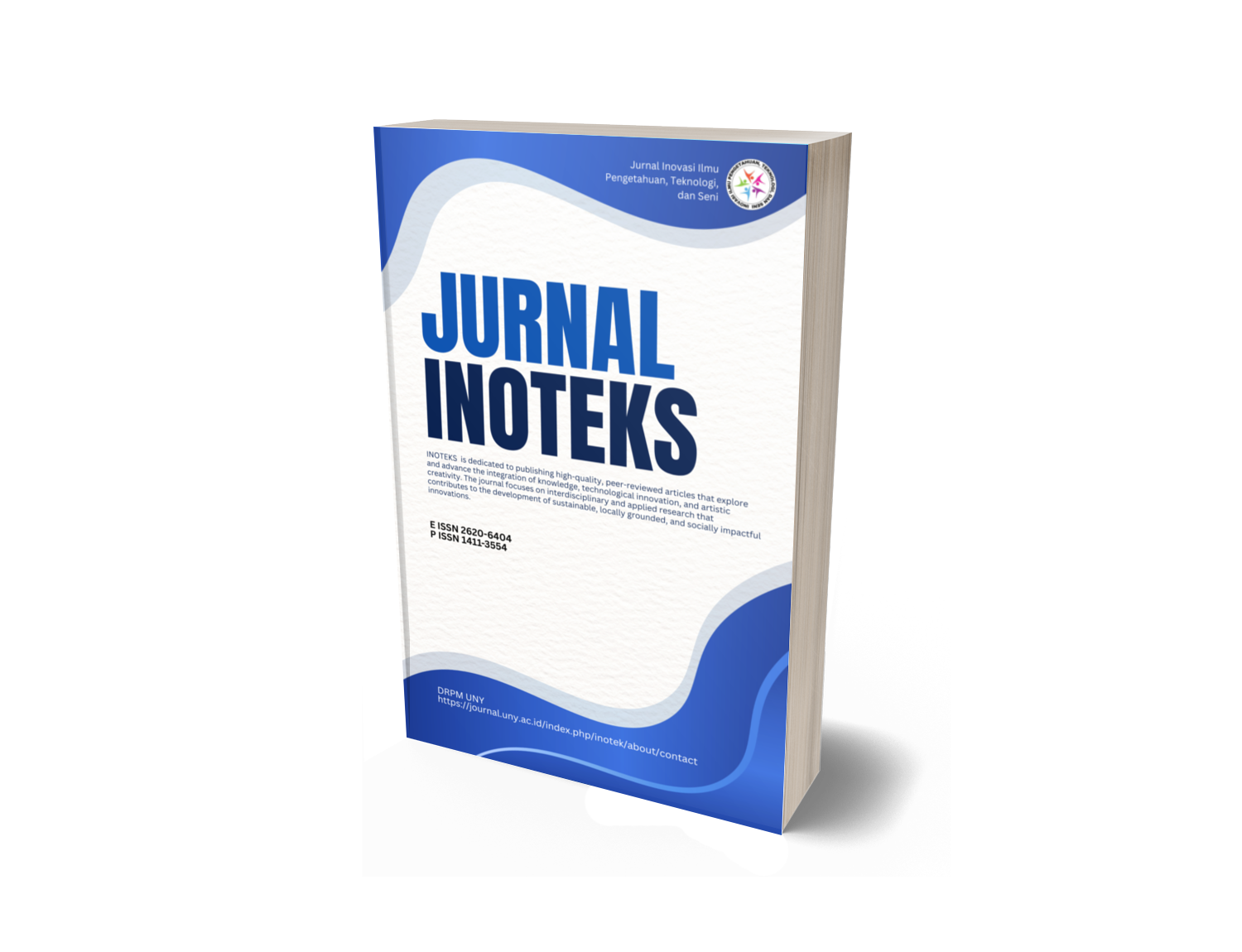PELATIHAN DAN PEMANFAATAN INTERNET BRANDING SEBAGAI MEDIA PROMOSI DAN CROWD FUNDING UNTUK KOMUNITAS PENDIDIKAN "RUMAH BELAJAR" DI KABUPATEN MOJOKERTO
DOI:
https://doi.org/10.21831/ino.v21i1.13468Keywords:
Internet branding, crowd funding, social mediaAbstract
Rumah Belajar is one of the society movement that engaged in education which located in Gedeg District, Mojokerto. The activity at Rumah Belajar is designed for free of charge. Rumah Belajar was established to shield teenager from the rising of negative influences. In today's digital era, many problems appear, at the same time new opportunities arise. One of them is the teenagers tendency to use gadgets such as laptops or smartphones in a high intensity. Some promotional techniques have been done, but until now Rumah Belajar is not widely known by the public.
The problems of the partner in this program which is Rumah Belajar is not yet known widely by society. Rumah belajar is a new innovation in non formal education. The students in Rumah Belajar for now is below 20. Actually, Rumah Belajar's capacity can be used for 40 students or so. The Other problems which is related to the unpopularness of Rumah Belajar is the lack of donation from the donors. This causing the deficit of Rumah Belajar's operational cost. So some of the teachers do not get any salary.
In connection with the major problems that have been mentioned, this program will offer a solution that is expected to solve the problems of partners. The main method used is to use the Internet Branding to create and improve the reputation of Rumah Belajar in the digital age. Internet branding are offered to create a system that consists of a website that will be linked with social media to get some crowdfunding.
The results of the community service program are able to build brand partners digitally and publicize Rumah Belajar's movement to the wider community. In addition, the results of this program will be made as teaching materials on Web-Based Application Development course at the University of Muhammadiyah Sidoarjo and will be disseminated through electronic media so it can be accessed by every people.
References
Segon, M & Booth, C 2011, 'Bribery: what do Australian managers know and what do they do?', Journal of Business Systems, Governance and Ethics, vol. 6, no. 3, pp. 15-29. Available from: http://jbsge.vu.edu.au/article/view/206. [29 September 2015].
TechInAsia, 2014, [online] https://id.techinasia.com/statistik-pengguna-Internet-di-asia-dan-indonesia-slideshow [diakses pada tanggal 10 Oktober 2016]
Puspitasari, L. & Ishii, K., 2016, "˜Digital divides and mobile Internet in Indonesia: Impact of smartphones', Journal of Telematics and Informatics, Volume 33, Issue 2, pp 472–483.
Ghezzia, Antonio., et all., 2016, "˜A role for startups in unleashing the disruptive power of social media', International Journal of Information Management, Volume 36, Issue 6, Part A, pp 1152–1159.
Khan, M.L., 2016 "˜Social media engagement: What motivates user participation and consumption on YouTube?', Journal of Computers in Human Behavior, Volume 66, pp 236–247.
Tayebi, A., 2013, "˜Planning activism: Using Social Media to claim marginalized citizens' right to the city', Cities Journal, Volume 32, pp 88–93.
Turan, S.S., 2015, "˜Financial Innovation - Crowdfunding: Friend or Foe?', Procedia - Social and Behavioral Sciences, Volume 195, pp 353-362.
Vlahvei, A., Notta, O., & Grigoriou E., 2013, "˜Establishing a Strong Brand Identity Through a Website: The Case of Greek Food SMEs' , International Conference On Applied Economics (ICOAE) 2013, pp 771-778.
Rowley, J., 2008, "˜Understanding digital content marketing', Journal of Marketing Management, Volume 24, 2008 - Issue 5-6, pp. 517-540.
Truyens, M. & Van Eecke, P., 2016, "˜Liability of domain name registries: Don't shoot the messenger, Journal of Computer Law & Security Review, Volume 32, Issue 2, pp 327–344
Chan, T. K. C., et all, 2014, "˜Web hosting with statistical capacity guarantee', Journal of Information Sciences, Volume 254, pp 54–68.
Mouton, F., et all., 2016, "˜Social engineering attack examples, templates and scenarios', Journal of Computers & Security Volume 59, pp 186–209.
Cover, R., 2016, "˜Digital Identities, Creating and Communicating the Online Self', pp 71–101
Barreda, A. A., 2016, "˜Online branding: Development of hotel branding through interactivity theory', Journal of Tourism Management, Volume 57, pp 180–192.
Downloads
Published
How to Cite
Issue
Section
Citation Check
License
- Authors certify that the work reported here has not been published before and contains no materials the publication of which would violate any copyright or other personal or proprietary right of any person or entity.
- Authors transfer or license the copyright of publishing to Jurnal Civics: Media Kajian Kewarganegaraan to publish the article in any media format, to share, to disseminate, to index, and to maximize the impact of the article in any databases.
- Authors hereby agree to transfer a copyright for publishing to Jurnal Civics: Media Kajian Kewarganegaraanas a Publisher of the manuscript.
- Authors reserve the following:
- all proprietary rights other than copyright such as patent rights;
- the right to use all or part of this article in future works of our own such as in books and lectures;
- use for presentation in a meeting or conference and distributing copies to attendees;
- use for internal training by author's company;
- distribution to colleagues for their research use;
- use in a subsequent compilation of the author's works;
- inclusion in a thesis or dissertation;
- reuse of portions or extracts from the article in other works (with full acknowledgement of final article);
- preparation of derivative works (other than commercial purposes) (with full acknowledgement of final article); and
- voluntary posting on open web sites operated by author or author's institution for scholarly purposes, but it should follow the open access license of Creative Common CC BY-NC-SA License.









